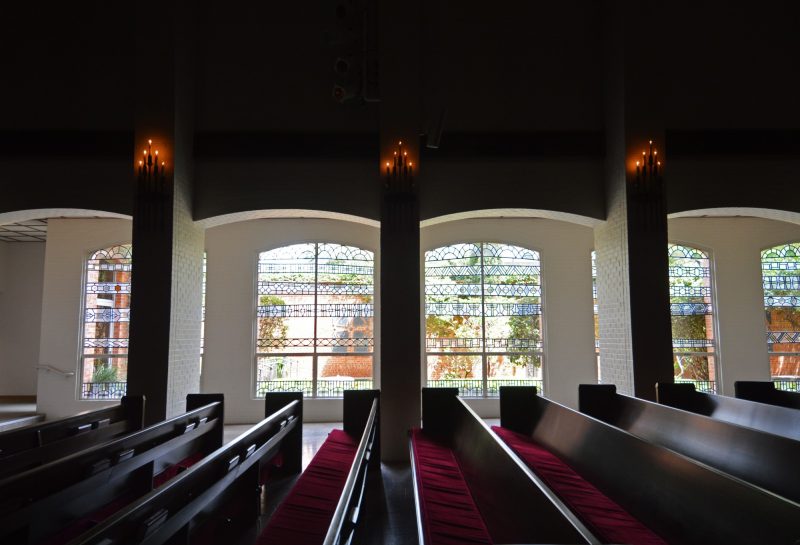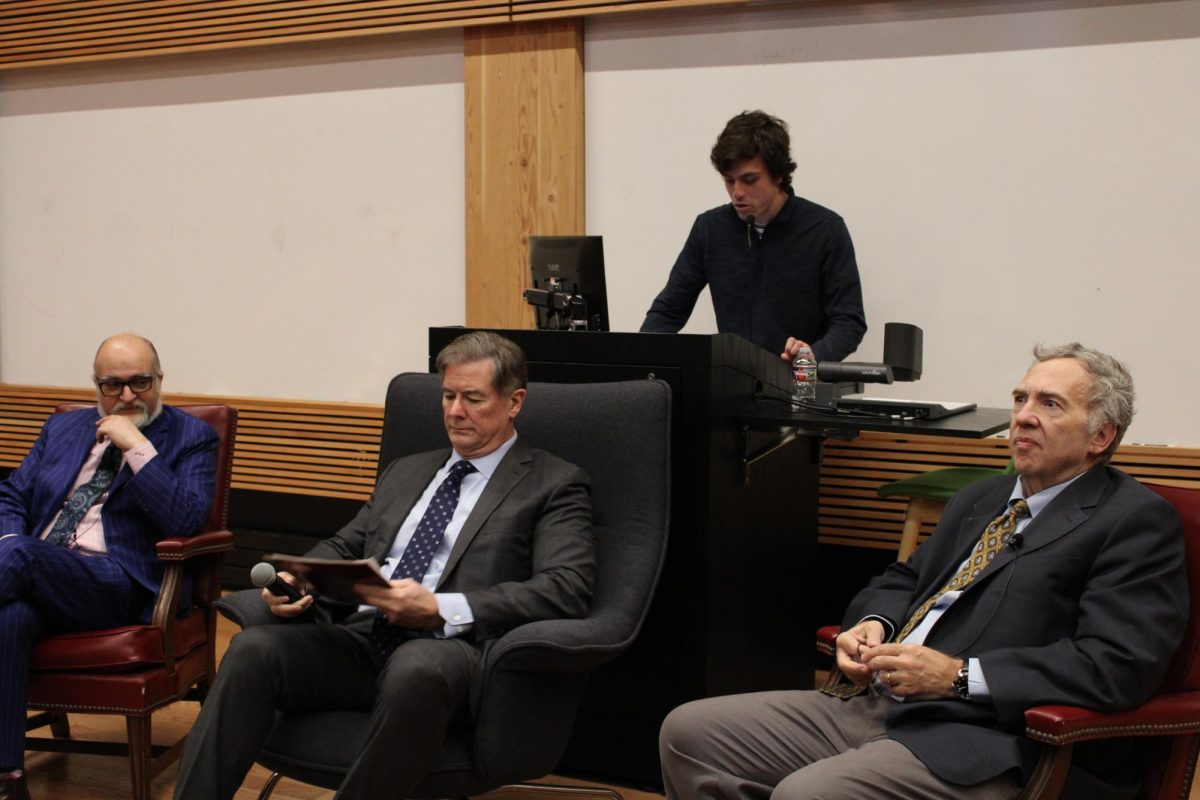History matters. It shapes how we think and the institutions that surround us. This column will focus on the impacts of history and how it shapes our world. To start with, I will look at the founding of Trinity University and its intersection with the rise of coeducation and religion.
According to R. Douglas Brackenridge’s “Trinity University: A Tale of Three Cities,” Cumberland Presbyterians founded Trinity in 1869 with the intention of creating “a university of the highest order,” or a university based in Texas that would become as prestigious as Princeton.
Established in Tehuacana, Texas, Trinity was coeducational from its inception. This is significant because Trinity’s founding occurred during a time period where, according to Baylor Professor Andrea Turpin’s “A New Moral Vision,” education’s purpose shifted as women began entering higher education.
Oberlin College began the trend of embracing coeducation, while other newly established schools — such as Mount Holyoke College, Wellesley College and Vassar College — taught women exclusively. However, established eastern schools — such as Harvard University, Princeton University and Yale University — either remained male-only institutions or established women-only coordinate colleges with less funding. These coordinate colleges shared a university faculty and were quasi-independent, had less funding than their affiliated university and allowed their affiliated university to maintain its focus on educating male leaders.
Western schools were thus more likely to embrace or at least adopt coeducation. The established eastern schools emphasized that their purpose was to educate men for positions of power and responsibility in the world — not women. This traditionalist view of the purpose of schools remained in place in these Ivy league schools until the 1960s when they began admitting women.
Schools embracing coeducation were motivated by what Turpin terms “evangelical pragmatism.” Essentially, universities — both public and private — were viewed as tools educating individuals to serve Christian moral purposes.
University founders found it imperative to reach as many people as feasibly possible — including women — which made up the evangelical component of evangelical pragmatism. Since money was a concern and coed institutions were cheaper than establishing separate institutions, many of these schools adopted coeducation, which formed the pragmatic aspect. Trinity’s coeducational foundations were likely rooted in this evangelical pragmatism.
Early on, Trinity struggled for funding and maintained dangerously low enrollments. Despite coeducation originating pragmatically it eventually became controversial, but Trinity faculty rallied to defend coeducation’s virtues. Trinity has remained coeducational to this day.
While Cumberland Presbyterians were not necessarily liberal, the emphasis on spreading Gospel and creating more, better Christians likely influenced their decision to keep Trinity coeducational, mirroring other schools founded in the west during this time period.
Though I’m simplifying this process, it is telling that less prestigious universities embraced coeducation more quickly than schools in areas framed as progressive. Even if they were in a liberal environment, established structures stifled imperatives to change established educational institutions while the openness and need for funding in the west facilitated coeducation.
Coeducation did not, however, treat men and women equally. This was true for Trinity as well. Trinity women were subjected to stricter dress codes and standards of moral conduct than their male counterparts who did not have to suffer such indignities. For example, up until the 50s and 60s, Trinity women faced regulations such as curfews and clothing restrictions that men did not. Essentially, while coeducation was adopted, it did not lead to immediate equality.
The different type of education that women received — or were excluded from — shaped the social networks formed in colleges and helped to facilitate the placement of men in more powerful societal positions. When looking at our modern world, one wonders if CEOs, politicians and other people in leadership positions would be more representative of the general population if schools such as Yale and Princeton had started accepting women as students earlier than the 60s and coed schools had treated students as equals.
As Turpin mentioned in my interview with her, the history of education is important “because it affects things” such as who holds power, who is privileged in society and who gets to make the social connections that allow them to advance in society. The history of education allows us to understand how protection of established privileges can perpetuate societal inequalities, whereas pragmatism can lead to unexpected outcomes such as coeducation. This leads to a situation where a denominational southwestern school, such as Trinity, embraced coeducation, while it took the Ivy League (with the exception of Cornell) another century to do so.






